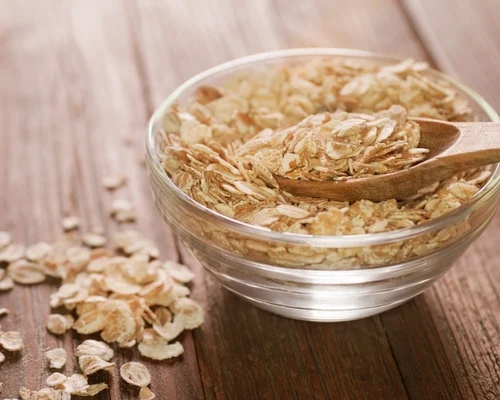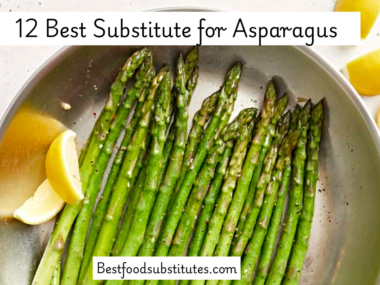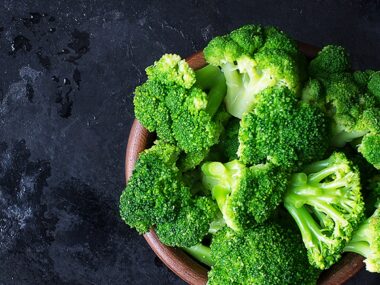Oat fiber is a popular ingredient used in many recipes to add extra fiber without changing the taste or texture of the dish too much. It’s often added to baked goods, smoothies, and other foods to boost fiber content, which can help with digestion and make meals more filling. But sometimes, you might run out of oat fiber or need to find a substitute due to dietary preferences or availability. Fortunately, there are several other options you can use to replace oat fiber in your recipes.
In this post, we will look at ten different substitution for oat fiber that you can use in your cooking and baking. These substitutes are easy to find and can work just as well in a wide range of recipes.
10 Best Substitution For Oat Fiber
1. Psyllium Husk
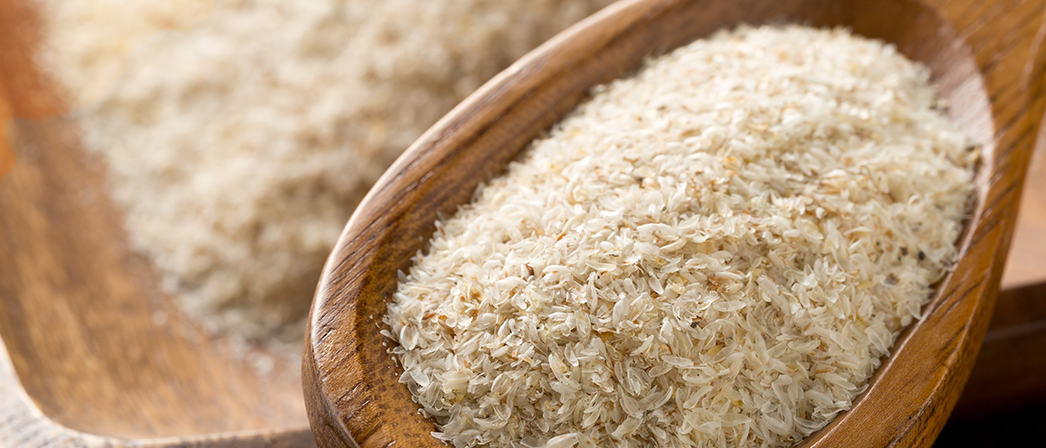
Psyllium husk is a common fiber supplement that can work well as a substitute for oat fiber. It is made from the seeds of the Plantago ovata plant and is rich in soluble fiber. Psyllium husk absorbs water and forms a gel-like texture, which can help give baked goods the structure they need, similar to oat fiber. It also helps improve digestion and promote regularity.
When using psyllium husk as a substitute for oat fiber, you may need to adjust the amount slightly. It’s often best to start with about half the amount of oat fiber called for in the recipe, then add more if needed. Since psyllium husk absorbs more water, you may also need to increase the liquid in your recipe to prevent it from becoming too dry.
2. Wheat Bran
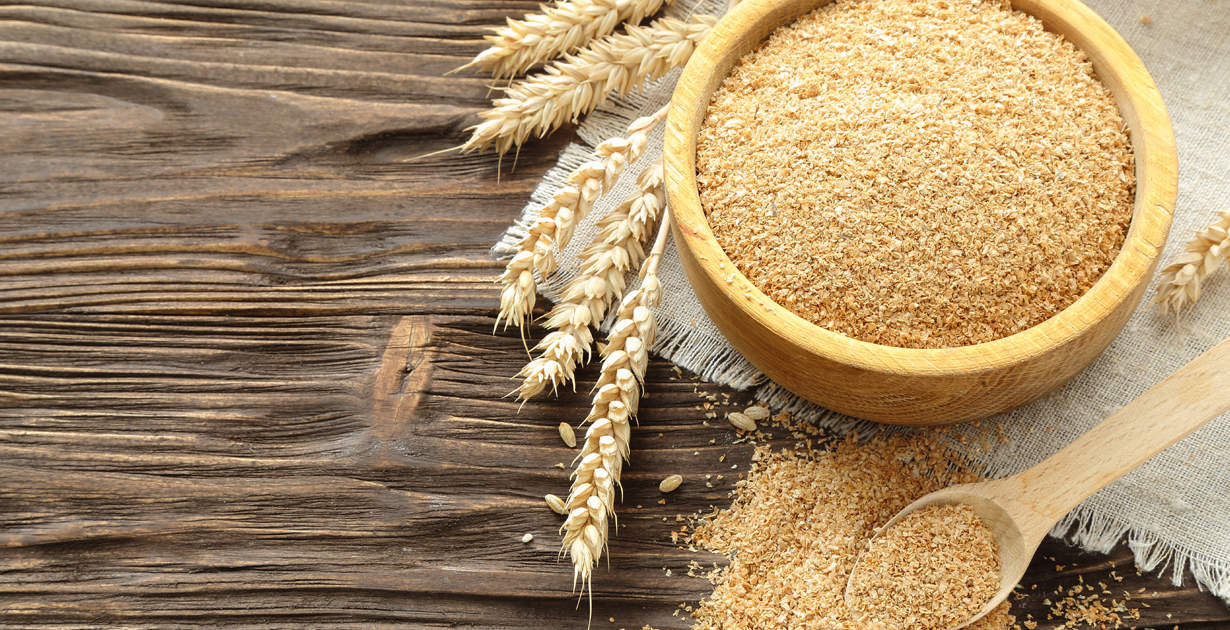
Wheat bran is another excellent alternative to oat fiber. It is the outer layer of the wheat kernel and is full of insoluble fiber, which can add bulk to recipes and support digestive health. Wheat bran has a slightly nutty flavor, but it’s generally mild and won’t overpower your dish. It works well in baked goods like muffins, bread, and pancakes, where it can add texture and fiber.
To use wheat bran as a substitute, you can typically use it in a one-to-one ratio for oat fiber. However, keep in mind that wheat bran may make your baked goods a bit denser, so you may need to adjust other ingredients accordingly. If you’re looking for a gluten-free option, though, wheat bran might not be the best choice since it comes from wheat.
3. Coconut Flour

Coconut flour is a gluten-free option that can replace oat fiber in many recipes. It is made from dried and ground coconut meat and is high in both fiber and healthy fats. Coconut flour absorbs a lot of liquid, much like oat fiber, so it can help give structure to baked goods. It also has a mild coconut flavor, which can add a pleasant taste to your recipes.
When substituting coconut flour for oat fiber, start with a smaller amount—usually about half of what the recipe calls for in oat fiber—and add more if needed. You will likely need to increase the liquid in your recipe to account for how much coconut flour absorbs. Coconut flour works well in cakes, muffins, and other baked goods.
4. Almond Flour
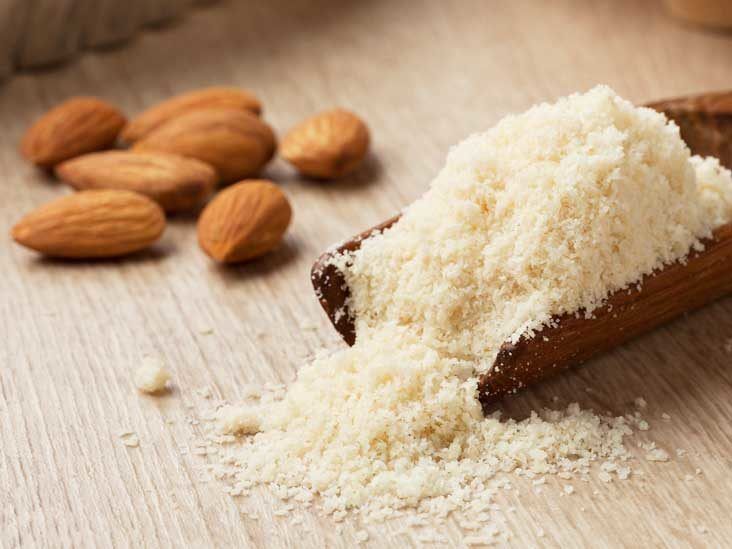
Almond flour is another great option for replacing oat fiber, especially if you’re looking for a gluten-free alternative. Made from finely ground almonds, it’s rich in protein, healthy fats, and fiber. Almond flour has a slightly sweet and nutty flavor that works well in many recipes, including cookies, cakes, and bread. It won’t provide as much fiber as oat fiber, but it will add a good amount of nutrition and texture to your dishes.
When using almond flour as a substitute, you can start with the same amount as oat fiber. However, almond flour is heavier, so you might need to adjust other ingredients to get the right texture. It’s also worth noting that almond flour won’t absorb as much liquid as oat fiber, so you may not need to add as much extra moisture to your recipe.
5. Flaxseed Meal
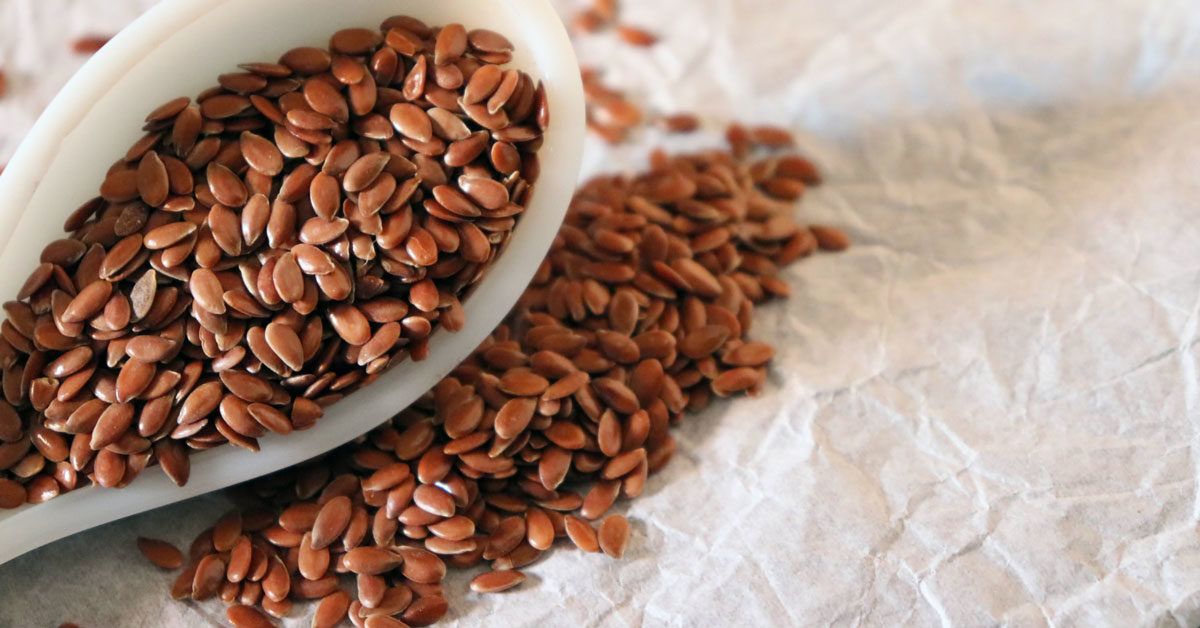
Flaxseed meal is made from ground flaxseeds and is a high-fiber substitute that can work well in place of oat fiber. It’s rich in omega-3 fatty acids and provides both soluble and insoluble fiber, making it a healthy addition to your recipes. Flaxseed meal has a slightly nutty flavor that blends well in baked goods, smoothies, and other dishes.
When substituting flaxseed meal for oat fiber, use about the same amount called for in the recipe. Flaxseed meal can also absorb water, which helps create a similar texture to oat fiber. It can be especially useful in recipes where you need to bind ingredients together, like in muffins or pancakes.
6. Chia Seeds

Chia seeds are another great alternative to oat fiber, as they are packed with soluble fiber and can absorb a large amount of water. When mixed with liquid, chia seeds form a gel-like substance, which can help thicken recipes and add a chewy texture. Chia seeds are also a good source of omega-3 fatty acids, making them a nutritious addition to your dishes.
To use chia seeds as a substitute, you can grind them into a fine powder first, which will make them more similar in texture to oat fiber. Use about the same amount of ground chia seeds as you would oat fiber, and be sure to add extra liquid to your recipe since chia seeds absorb a lot of moisture. Chia seeds work well in smoothies, baked goods, and even as a thickening agent in sauces.
Read also, 15 Best Corn Meal Substitute For Pizza
7. Ground Flaxseeds

Ground flaxseeds, also known as flaxseed meal, are another excellent substitute for oat fiber. They are high in fiber, as well as healthy fats and protein. Ground flaxseeds have a nutty flavor that works well in many recipes, especially baked goods. They can also act as a binding agent, which is useful in recipes where oat fiber is used to help hold ingredients together.
To use ground flaxseeds as a substitute for oat fiber, you can use an equal amount. However, because ground flaxseeds can absorb water, you may need to adjust the liquid in your recipe to avoid dryness. Ground flaxseeds are versatile and can be added to muffins, bread, smoothies, and even soups for extra fiber.
8. Rice Bran

Rice bran is the outer layer of the rice grain and is rich in fiber, vitamins, and minerals. It can be used as a substitute for oat fiber in many recipes, providing a similar texture and fiber content. Rice bran has a mild flavor, so it won’t overpower your dish, making it a good option for both sweet and savory recipes.
When substituting rice bran for oat fiber, you can generally use it in a one-to-one ratio. Rice bran works well in baked goods like muffins, bread, and pancakes, and it can also be added to smoothies for extra fiber. Just keep in mind that rice bran may make your baked goods a bit denser, so you may need to adjust other ingredients to get the desired texture.
9. Apple Fiber
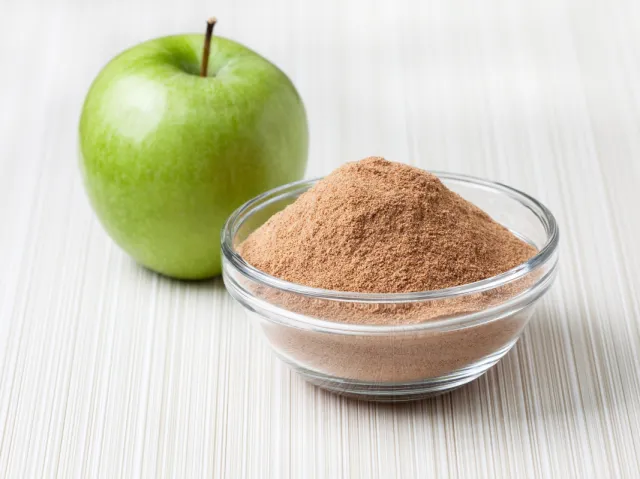
Apple fiber is a lesser-known but effective substitute for oat fiber. It is made from dried and ground apples, which makes it rich in both soluble and insoluble fiber. Apple fiber has a mild, slightly sweet flavor that works well in baked goods, smoothies, and even sauces. It can help add bulk and texture to your recipes, much like oat fiber.
To use apple fiber as a substitute, you can start with the same amount as oat fiber called for in the recipe. Apple fiber can also absorb some moisture, so you may need to add a bit more liquid to your recipe if it seems too dry. Apple fiber is a good choice for those looking for a gluten-free option that still provides a good amount of fiber.
10. Ground Oats
:max_bytes(150000):strip_icc()/what-are-steel-cut-oats-5075431-hero-01-34ad935130e846688e03416a69ca0724.jpg)
If you don’t have oat fiber but still have oats on hand, you can make your own substitute by grinding oats into a fine powder. Ground oats won’t provide as much fiber as oat fiber, but they will add some fiber and help give your recipes a similar texture. Ground oats have a mild flavor that works well in many dishes, including baked goods, pancakes, and smoothies.
To use ground oats as a substitute for oat fiber, simply grind rolled oats or quick oats in a blender or food processor until they reach a fine, flour-like consistency. Use about the same amount of ground oats as you would oat fiber in your recipe. Keep in mind that ground oats may not absorb as much liquid as oat fiber, so you might not need to adjust the moisture content too much.
Conclusion
There are plenty of substitutes for oat fiber that you can use in your cooking and baking, depending on what you have available and your dietary preferences. Whether you choose psyllium husk, wheat bran, coconut flour, or any of the other options we’ve discussed, each one can help add fiber and texture to your recipes in its own unique way. When making substitutions, remember to consider the flavor, texture, and how much liquid each alternative will absorb to ensure your dish turns out just right.
